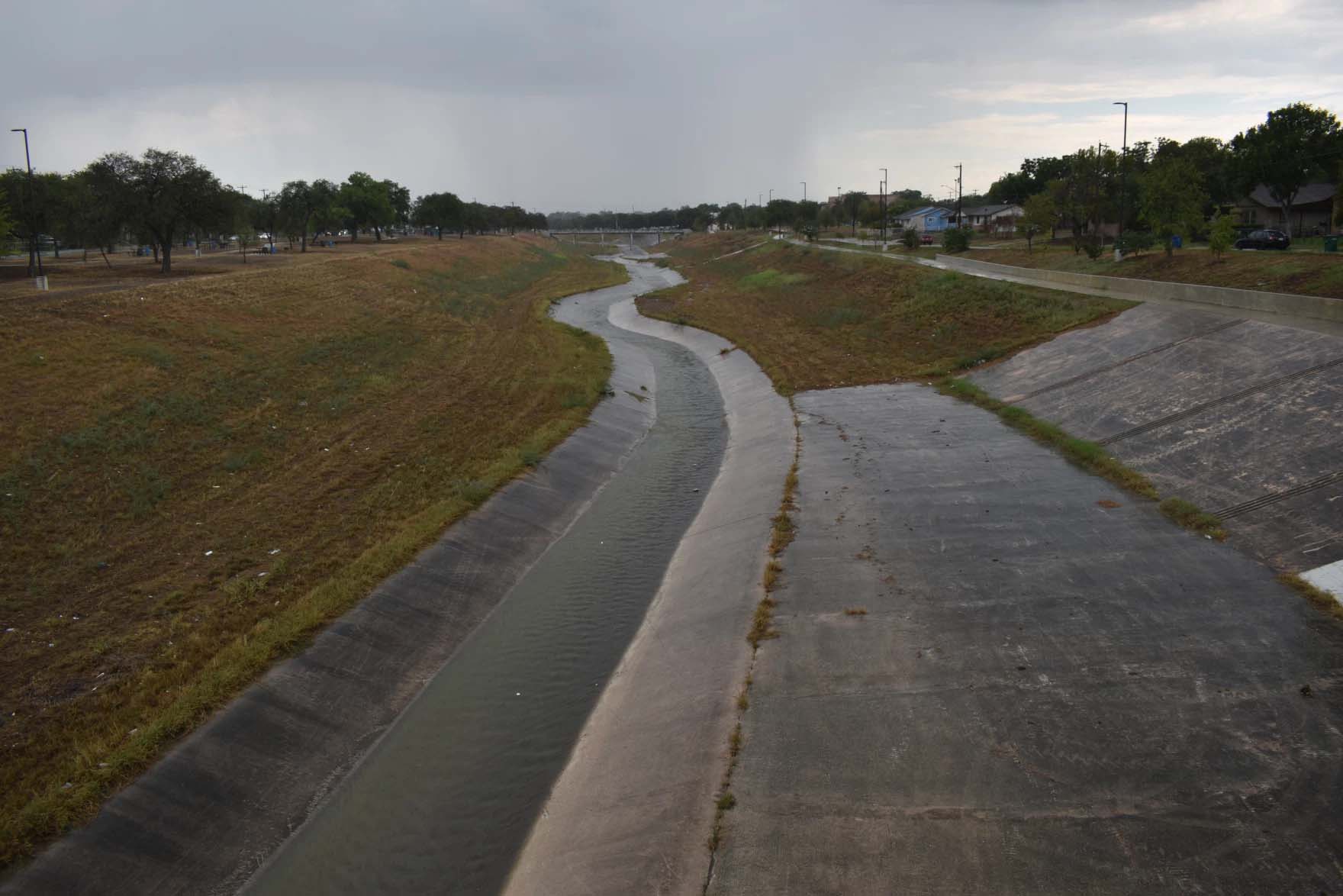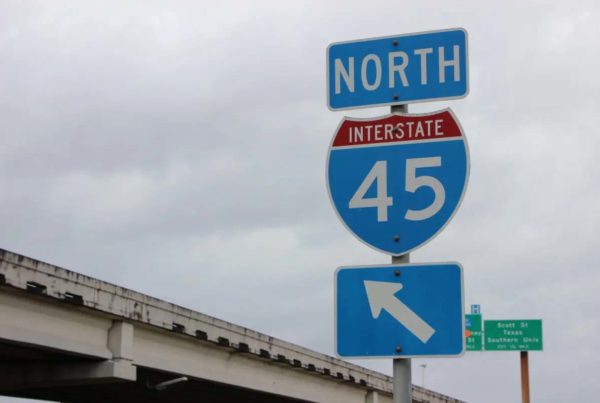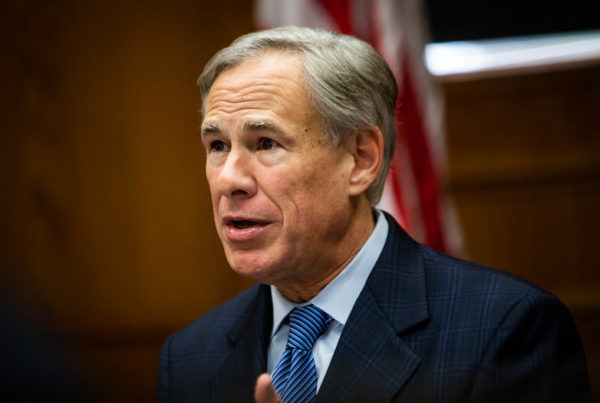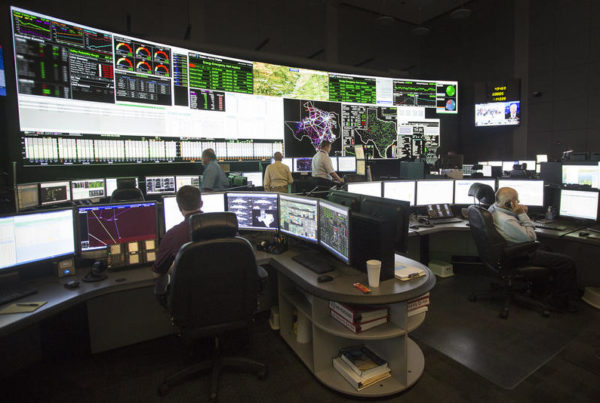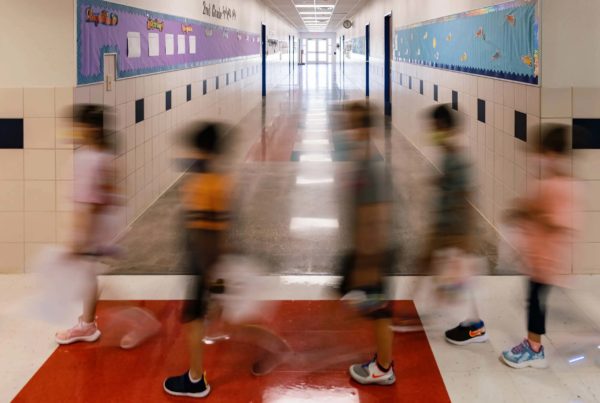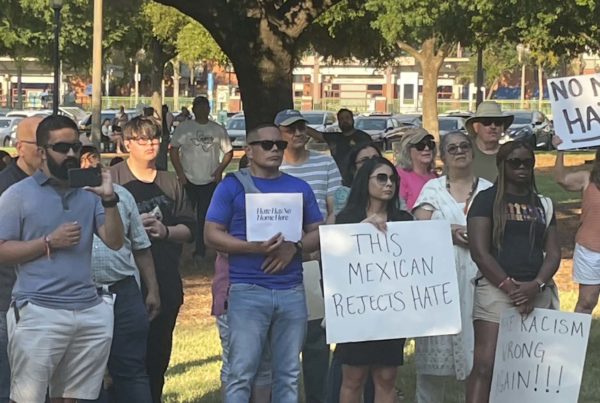From Texas Public Radio:
No San Antonio flood has been more devastating than the 1921 flood that washed away dozens and decimated the city. Despite major improvements in San Antonio’s flood infrastructure since the early 1900s, the city hasn’t always protected residents equally, and climate change now has the potential to generate ever-more powerful flood conditions.
After a powerful flood inundated Dallas earlier this month, the danger of major flooding feels closer than ever. Experts are considering how climate change may affect the power of San Antonio floods in the future, and wondering how they can learn from the city’s past.
Although weather events like floods are made up of many complex factors and it’s still difficult for scientists to pinpoint direct cause-and-effect ties between climate change and particular weather events, they have been able to associate higher temperatures with widespread changes in weather patterns.
As man-made emissions drive the global temperature higher, it can affect flooding and rainfall in a myriad of ways, according to Dr. John Nielsen-Gammon, the Texas State Climatologist and director of the Southern Regional Climate Center at Texas A&M University. He says floods will tend to be stronger, and major flood events like 100-year floods are more likely, because of climate change.
“Higher temperatures change the maximum intensity of rainfall, so rainfall tends to be heavier when it does happen, and that leads to larger gaps in between heavy rainfall events as well,” he explained. “Climate change can also affect the structure and behavior of individual storms, like affecting hurricane intensity and hurricane motion, which can in turn affect rainfall rates.”
He added the strength of 100-year floods is estimated to be 10%-15% higher than they were just a few decades ago. Recent data projects 1-3 more inches of rain during these 100-year flood events than had been previously expected. The result is that there are likely more homes and businesses at risk of major flooding than previously thought.
Both Paul Berry, the spokesperson for San Antonio’s Public Works Department, and Todd Putnam, an engineer with Bexar County Flood Control, said climate change isn’t a big part of how their departments plan for flood prevention.
“The two are not connected,” Putnam said about the relationship between climate change and the work he does as an engineer designing flood infrastructure.
While Berry said the city doesn’t ignore climate change information, he and Putnam placed the focus on precipitation data going back decades. The city and county use this data and awareness of where flooding occurs to determine where flood infrastructure projects are proposed and how they’re designed.
Nielsen-Gammon said there are two ways to consider the future of flooding in San Antonio. He says one option is to acknowledge that flooding will get worse and that people and businesses will become more vulnerable and commit to paying the cost for flooding disasters when they happen.
“The other possible response is to say, ‘No we want to be as safe as we used to be, we want to be as robust as we used to be, so we’re going to invest in improvements in the infrastructure, improvements in flood controls systems and property buyouts if necessary in order to avoid those disasters,’” he said. “Unfortunately, both of those are challenging because both of them are very expensive.”
According to Berry, if the city completed all 392 of the flood infrastructure projects it has deemed necessary today, it would cost $3.2 billion. Because of that, the city completes flood projects piece by piece, and has received between $128-$170 million at a time through three bond programs over the last decade. The county completed a 10-year, half a billion dollar flood infrastructure project in 2017 and began another in 2021 that cost $324 million.
A lack of sufficient flood infrastructure devastated the Alamo City in 1921, when a flood tore through the city’s downtown and predominantly Latino West Side, killing nearly 80 people and causing millions in damage to businesses and homes.
Dr. Char Miller, director of Environmental Analysis at Pomona College and a former Trinity University professor, described the damage.
“The San Antonio River, the main trunk of the San Antonio River, came blasting through where the Olmos Dam currently stands in San Antonio and then roared through the downtown core, which was largely empty as you can imagine because that’s where businesses were but not many people lived,” Miller said. “It tore the streetscape apart, it flooded buildings, it damaged commercial centers, shopping districts and the like.”
Four people were killed downtown, and dozens more were lost on the West Side.
“The damage on the West Side, because of the poor housing stock, was multiplied,” Miller said. “And so, effectively, the Martinez Creek and San Pedro Creek and Alazan and Apache Creeks ripped through neighborhoods, literally wiping them off the map, and carried away an estimated 80 people, as best as I can decipher it.”
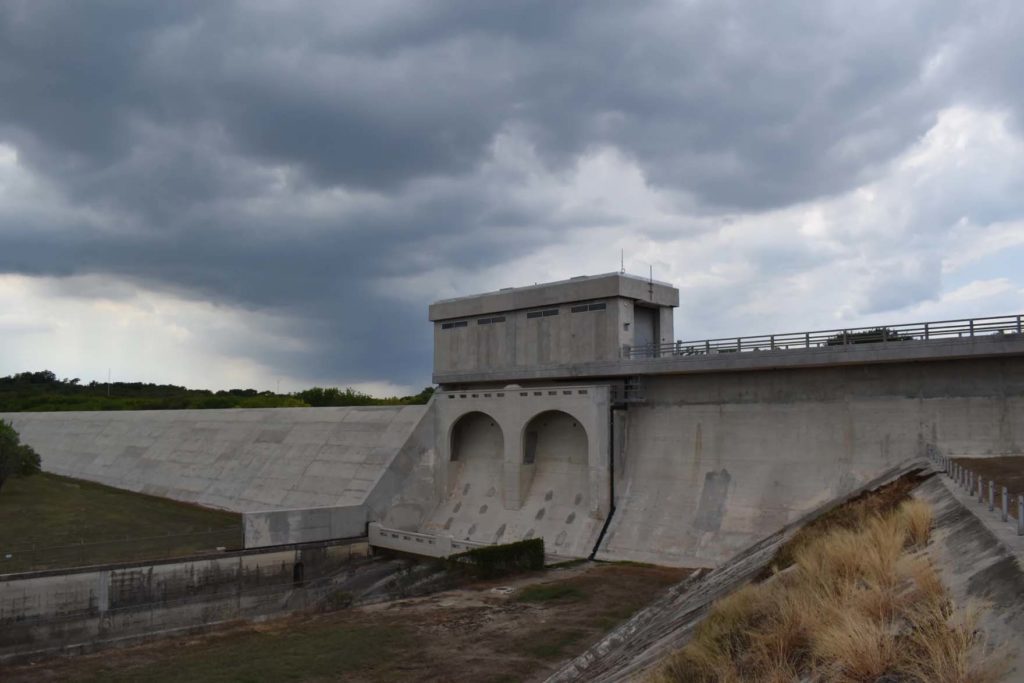
The Olmos Dam, which protects the downtown corridor from flooding. The dam was built in the 1920s to protect downtown following the devastating 1921 San Antonio flood.
Following the flood, the city built the Olmos Dam to protect downtown, but refused to include the West Side in any drainage or flood control projects.
“What we see in the disparate amount of money spent in the two sectors is systemic racism at work,” Miller said.
After the flood, the city rebuilt the same run-down, flood-vulnerable houses on the West Side that had existed before. These homes continued to be washed away by storms for decades. In the 1970s, Miller said Latinos organized on the West Side to finally put a stop to the neglect, forming the organization Communities Organized for Public Services (COPS).
“They were focusing on what I call streetscape environmentalism,” Miller said. “They wanted better roads — literally roadbeds — they wanted better drainage, they wanted flood control, they wanted better housing.”
COPS eventually brought over half a billion dollars to infrastructure projects on the West Side, according to Miller, and transformed the city’s political structure. Some on the West Side say it wasn’t enough.
Graciela Sanchez is director of the Esperanza Peace and Justice Center, a West Side community center dedicated to pursuing social justice. The West Side native argued the neglect her community faced didn’t stop after COPS.
Sanchez said when she was growing up in the early 1970s, she would hear about one or two kids dying in floods on the West Side each year.
“I was a kid when they started fixing up the drainage projects on the West Side and I also thought they did a horrendous job, right?” Sanchez said.
She said not nearly enough has been done to ensure equity.
“So, so much money has to come into this community to really talk about equity and everything else is just piecemealing this neighborhood, and it’ll take another 100 years to even catch up at the rate we’re going, if not more,” Sanchez said.
Berry, the city’s Public Works spokesperson, rejected the idea that the city was neglectful.
“I want to make sure it’s clear that anybody who says that we neglect different parts of the city just isn’t looking at what we’ve done in the last 20 years and what we plan to do in the next five years,” Berry said. “There is no neglect.”
Rather than neglect, Berry says that it takes time to get to all the projects the city wants to complete.
“Yes, there are still some areas of town that gather more water than we would like and we will address those at some point,” Berry said. “But they’re not endangering people’s lives.”
He added that before the city puts up a bond project for a vote, residents can provide input on what projects they think should be prioritized, and sometimes even propose their own.
Major bond infrastructure projects for the county and city have combined for over three quarters of a billion dollars between 2007 and 2021 — out of that funding, only one drainage project was constructed on the West Side. In the most recent city bond vote this year, after major community input, District 5 received over $25 million for drainage projects for its West Side inhabitants.
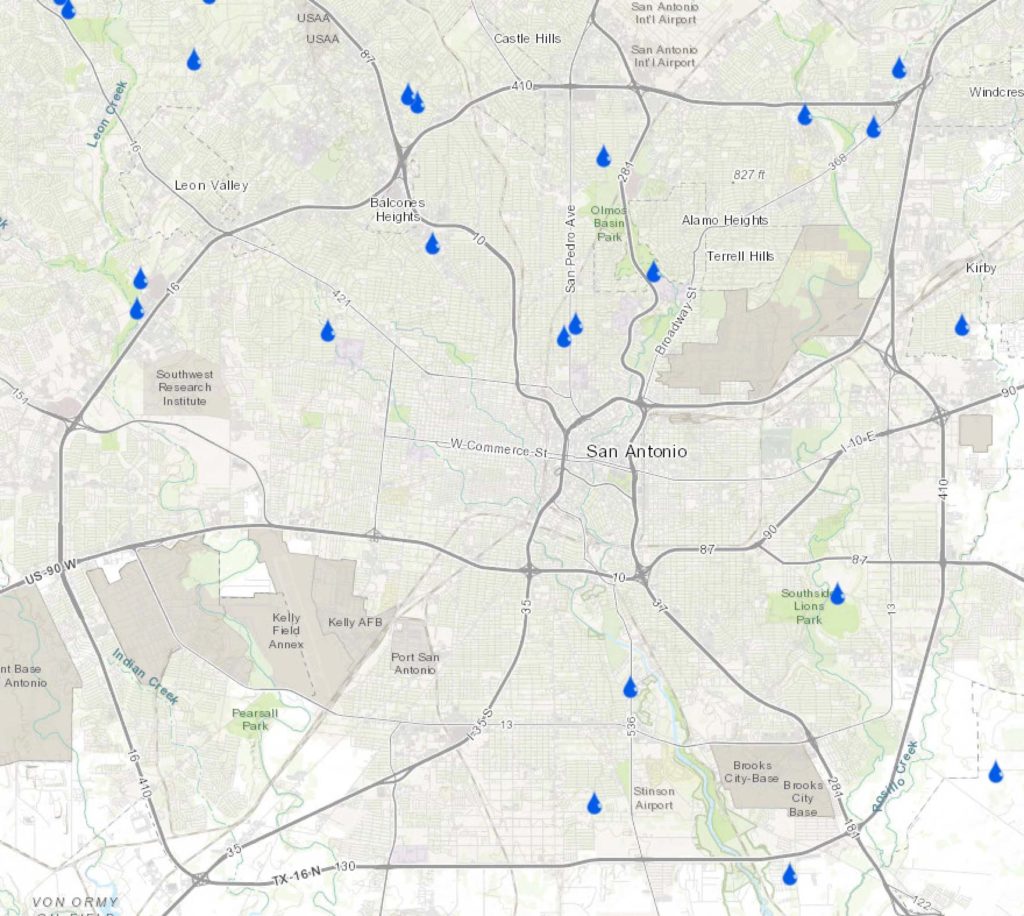
A screenshot of an interactive map from the Bexar County Flood Control Department that displays where different infrastructure projects took place from the $500 million 2007-2017 bond project. Search the county interactive maps and city interactive maps to take a closer look at where they’ve constructed new drainage and flood control infrastructure over the past decade and a half.
The Olmos Dam construction after the 1921 flood wasn’t the only time the city took steps to protect some, but not all, of its inhabitants. The San Antonio River Tunnel — a more than 3-mile-long tunnel under downtown designed to protect the city center from flooding — finished construction in 1997.
The tunnel was tested by the flood of 1998, which caused 31 deaths around San Antonio and the Hill Country and hundreds of millions of dollars of damage. The tunnel prevented the River Walk from overflowing, and the city’s tourism center hasn’t flooded since. But the rest of the city still faced major flooding during that storm.
Sandra García is the Associate Director of the Southwest Workers Union, and worked for 16 years to inform residents along Leon Creek on the West and South sides about the dangers of highly contaminated flood water.
“We’re always concerned especially since the water does go up high in the West Side and the South Side,” García said. “In the past, when the heavy rain starts falling, we’ve even seen sinkholes happen in the middle of the road.”
She said many residents have accepted that things aren’t going to change.
“Sadly, because a lot of these residents have been there long term, they kind of just live with it,” García said. “It’s one of those where you just hear it and you don’t see any changes, that people just start losing hope.”
Miller said that in the past three centuries, San Antonio residents have ignored the reality of their environment by rebuilding homes that continued to be washed away by floods and not properly addressing the risk of flooding.
“The problem that we face now in the early 21st century, the second decade of the century, is that we too suffer from climate denial,” Miller said.
He says if the city doesn’t change course, residents of today and the near future may be on track to suffer similar consequences as San Antonio’s past residents faced.
“I think we’ve got to do some really serious thinking so that our own climate denial does not blind us to the dangers ahead.”


